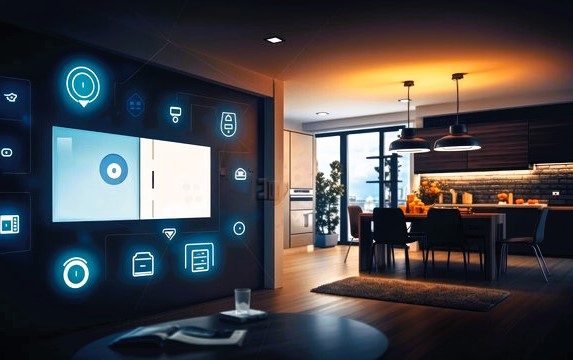Smart home heating systems have gained popularity in recent years due to their ability to enhance comfort, improve energy efficiency, and provide convenient control over home heating. However, implementing these systems can present challenges that homeowners in Calgary and beyond need to address for successful integration. In this article, we will explore some of the common challenges faced when implementing smart home heating systems and provide strategies to overcome them.
Compatibility and Interoperability
One of the primary challenges in implementing smart home heating systems is ensuring compatibility and interoperability between different devices and technologies. Smart home heating systems often consist of various components, such as smart thermostats, occupancy sensors, and heating equipment. These components may come from different manufacturers and utilize different communication protocols. Ensuring seamless integration and communication among these devices is crucial for a cohesive and efficient system.

To overcome this challenge:
- Research and choose devices that are compatible with each other and support industry-standard communication protocols such as Wi-Fi, Zigbee, or Z-Wave. This allows for easy integration and reduces the likelihood of compatibility issues.
- Consider using a centralized smart home hub or platform that acts as a bridge between devices from different manufacturers. These hubs can provide a unified interface for controlling and monitoring various smart devices, including smart home heating components.
- Consult with professionals or seek advice from experienced smart home installers who can provide guidance on compatible devices and help ensure a seamless integration process.
Connectivity and Network Reliability
Reliable connectivity is crucial for the proper functioning of smart home heating systems. Internet connectivity issues, Wi-Fi dead zones, or network disruptions can impede communication between devices and affect the performance of the system. Unreliable connectivity can lead to delays in temperature adjustments, inaccurate occupancy detection, or loss of control over the heating system.
To overcome connectivity challenges:
- Ensure a robust and reliable internet connection throughout your home. Consider using Wi-Fi range extenders or mesh Wi-Fi systems to eliminate dead zones and ensure comprehensive coverage.
- Place smart home heating devices strategically to optimize signal strength and minimize potential interference. Avoid placing devices in areas with significant obstructions or interference sources, such as thick walls or appliances that emit electromagnetic signals.
- Regularly update firmware and software for your smart home devices. Manufacturers often release updates to address connectivity issues and improve overall performance.
User Adoption and Familiarization
Integrating a smart home heating system requires users to adapt to new technologies and learn how to effectively operate and control the system. Some homeowners may initially find it challenging to navigate through different control interfaces, set up schedules, or understand advanced features offered by smart thermostats and heating systems. The future of smart home heating: more about the algorithms here.
To encourage user adoption:
- Choose smart home heating devices that offer user-friendly interfaces and intuitive controls. Look for devices with clear instructions, easy-to-navigate menus, and mobile apps that provide a seamless user experience.
- Take advantage of manufacturer-provided resources, such as user manuals, online guides, and video tutorials, to familiarize yourself with the features and functionalities of your smart home heating system.
- Provide proper training and education to all household members on how to operate and adjust the smart home heating system. This ensures that everyone can make the most of the system’s capabilities and contribute to energy savings.
Security and Privacy Concerns

As with any connected technology, security and privacy are important considerations when implementing smart home heating systems. These systems collect and process personal data, and vulnerabilities in the network or devices could potentially expose sensitive information or compromise the security of the home.
To address security and privacy concerns:
- Choose reputable manufacturers and products that prioritize security. Look for devices that employ encryption protocols and regularly release security updates.
- Secure your home network by setting strong passwords for your Wi-Fi router and smart home devices. Consider using network segmentation toisolate your smart home devices from other devices on the network.
- Regularly update firmware and software for all smart home devices to ensure they have the latest security patches.
- Enable two-factor authentication whenever available to add an extra layer of security to your smart home system.
- Review the privacy policies of the smart home heating system and associated apps to understand how your data is collected, stored, and used. Opt for systems that prioritize user privacy and provide transparent data handling practices.
To learn more about security and privacy considerations in smart home technologies, you can refer to the official website of the Government of Canada: Canada.ca – Smart Home Security.
In conclusion, while implementing smart home heating systems can present certain challenges, careful planning, research, and proper implementation can help overcome them. Addressing compatibility and interoperability issues, ensuring reliable connectivity, facilitating user adoption, and prioritizing security and privacy considerations are essential steps in successfully integrating a smart home heating system. By proactively addressing these challenges, homeowners in Calgary can enjoy the benefits of improved comfort, energy efficiency, and control over their home heating.
